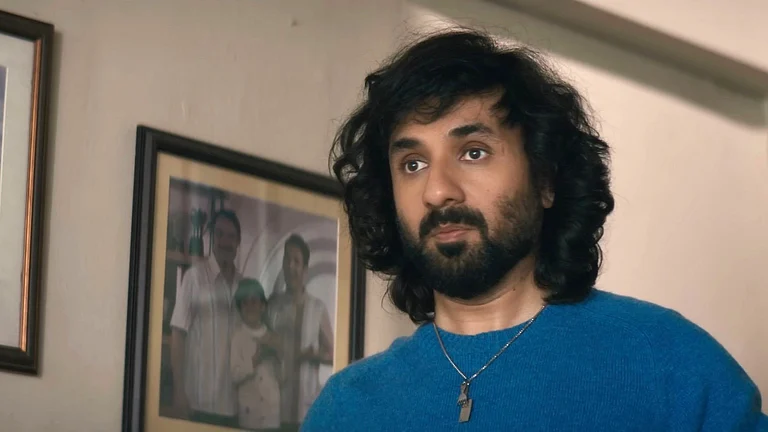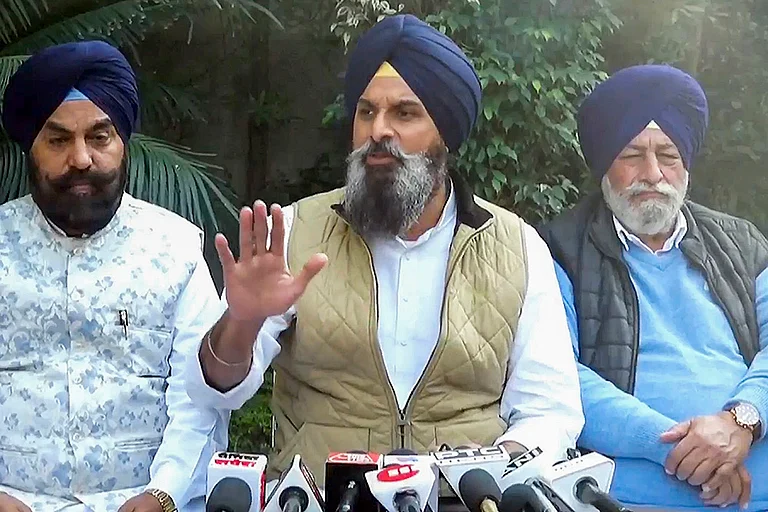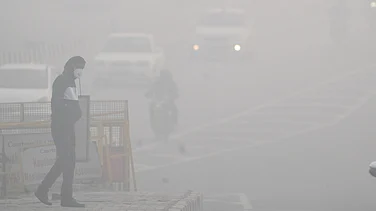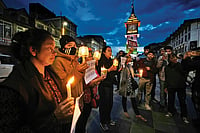In 2001, at a South Asian women’s round table in Kathmandu that I participated in, there were two Kashmiri Pandit and three Kashmiri Muslim women. Throughout the three-day conference, every session was hijacked by Kashmir as discussions became surcharged with not just contested positions but also mutual bitterness. Any attempt to bridge the divide remained unfruitful and the two positions irreconcilable. The wounds had been left unattended for a decade, allowing them to turn into festering sores. Kashmir’s fabled Hindu-Muslim amity and bonds were deeply ruptured when the terrified Pandits were forced to flee the Valley in the wake of insurgency, and Muslims were left sandwiched between the guns of militants and security forces.
Every evening, after the conference in Kathmandu, as the women of South Asia sat at the dinner table, breaking into casual conversations, cracking jokes, laughing and singing songs, the Kashmiri women would steal the show. The bitterness of the day would vanish as the Pandit and Muslim women danced arm-in-arm. The Kathmandu experience highlighted the fault lines in the inter-community relations post 1990—bitter in their collective narratives and marked by bonhomie in their personal ones. Individual memories were subdued and suppressed under layers of polarising stereotypes and binaries.
ALSO READ: Kashmir: This Isn’t A Postcard Series
Driven by a sense of betrayal, broken trust and conspiracy theories, Kashmiris have been trapped in contested collective memories and contested positions on conflict, including the dark chapter of exodus. A smattering of exaggerated narratives, self-obsession on all sides and politics of binaries have propped up many myths and stereotypes that paper over complexities and shrink the space for understanding other perspectives. Things are often seen on both sides with scepticism and in black and white—the other as the ‘evil’ or unworthy of trust.

In the ’90s, while working in the field as a reporter in both Jammu and the Valley, I heard narratives of both displaced Kashmiri Pandits and Pandits who had stayed on in the Valley—many of them dislodged from the rural areas and compelled to move to Srinagar due to security or economic reasons. I met Muslims who shared insights into their own sufferings or spoke about their Pandit friends, acquaintances and neighbours. There was suffering and longing across the board, none of which can be quantified. There were stories that were varied and complex—peppered with both bitterness of the ‘other’ and the goodness of communal harmony.
I recall a Pandit man who was kidnapped by militants, his body pockmarked with burning cigarette butts, who miraculously survived and fled to Jammu with his family. I heard stories of Muslims ratting out their Pandit neighbours who were targeted by militants. I heard stories of Muslims walking an extra mile to help their neighbours and friends. I heard stories of trust. I heard stories of shattered faith. I heard stories of Pandits in the Valley who swear they could not have survived all these years in the Valley without the majority community support and goodwill.
Pandits living in shabby camps on the outskirts of Jammu spoke about Muslim neighbours and friends coming to visit them once in a while, to know about their well-being, to assure them that their properties were being looked after, or to request them to return. Some spoke about Muslims coming with offers to buy their properties, arousing more anxieties. A Pandit doctor who started his practice in Jammu in 1990s still has many patients from the Valley because they have immense faith in him. They especially visit Jammu for a day or two just to consult him. He spoke about regular exchange of nostalgic letters with his Muslim friends in the Valley.
Yet, in the last three decades, even as much was said and written in the public domain about the sufferings on the two sides, the nuanced layers and sub-layers of the conflict have been lost in the din of polarising stereotypes. The Kathmandu dialogue revealed both the impossibility and possibility of the two sides engaging with each other to understand trauma on both sides. The timing coincided with the waning militancy in the Valley and prospects of peace in South Asia as India and Pakistan began a structured process for talking and negotiating, providing an ideal space for activists and non-state groups to organise people-to-people dialogue at various levels, many of these were focused discussions on the Pandit-Muslim dynamics. Others had members from both communities on the table along with other identity groups of Jammu and Kashmir, bringing into focus also the traumatic experiences of those outside the Valley.
ALSO READ: Routes Of Grief: Two Translations
The Jammu region’s landscape thrives with painful stories of violence, scarred memories and uprooting of Hindus and Muslims on both sides of the Line of Control in 1947 that have been transferred like family heirlooms from generation to generation. The border residents of Rajouri and Poonch have suffered the brunt of wars, landmines, hostility, shelling, arson, constant displacements and other perils of living in the frontline for over seven decades—their stories even less heard.
The initial experiences of bringing communities, haunted and traumatised by their past and present, were a bit frustrating but dialogue after dialogue, we could see some mellowing down. By 2010, there was substantial change. The regular participants spoke not only of their own pain but also began to reveal an appreciation and acknowledgement of the pain on the other side. Cynics have often dismissed such people-to-people dialogues as ‘unnecessary talk-shops’ or ‘waste of time’. But those of us who were part of it could understand their real worth in healing wounds, reconciling and rebuilding trust—imperative steps for building a future. Only a tiny fragment of the population was involved in the process but even one open mind can help open the eyes of many others connected to him or her. What was needed was enlarging and extending these community-level dialogues to build bridges that can allow people to move on without the shackles of tormenting memories.
ALSO READ: Kashmir: Of ‘Stories’ And Friends
Unfortunately, with the changing socio-political landscape of Jammu and Kashmir, these dialogues gradually slowed down and finally came to an end. That silence has been usurped by people who want to replace the complex truth with monochromatic understanding of the conflict, of people’s suffering, of politicising pain and weaponising it and damaging inter-community relations that have been fragile for a long time. Building hate on the crutches of peoples’ sufferings is the last thing we need.
The people of Jammu and Kashmir have lived for over 70 years with a miserable blend of horror, trauma, shame, guilt, helplessness and uncertainty. Unravelling the truth, howsoever harsh, is important but it must be told with all its intricacies. More than that, Jammu and Kashmir needs a community-driven process of healing through talking to build up capacities for acknowledging the wrongs, the helplessness and trauma, accepting the past without bitterness, reconciling and building longer-lasting bridges and trust. Healing processes are not easy or quick-fix solutions. They are, however, sustainable and can ensure enduring harmony. They need time and space.
Does the government of the day have the far sight and political will to create space for and facilitate community-level dialogues for building a future together?
(This appeared in the print edition as "A Festering Wound")
(Views are personal)
ALSO READ
Anuradha Bhasin is Executive Editor, Kashmir Times






















